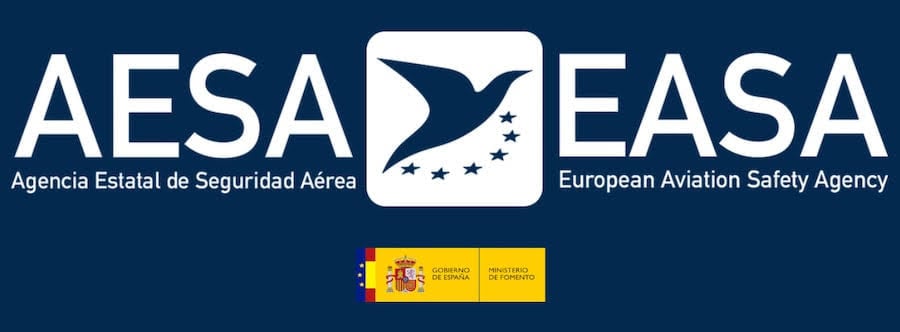Ramp handling is the assistance provided to an aircraft when it is on the ground. This type of handling includes:
Coordination
The ramp handling team coordinates that the cleaning team arrives when the passengers have already left the aircraft and that refuelling is carried out when there are no passengers on board.
Preparation of the load sheet
Before each flight, it is mandatory to complete the load sheet, and this is the responsibility of the handling staff.
It is a document detailing the number of passengers, baggage, cargo, fuel and last minute changes, allowing the aircraft’s performance to be calculated and verifying that the centre of gravity is within limits.
Pushback
Aircraft cannot push back on their own, so it is sometimes necessary to push them back so that they can start taxiing. This manoeuvre is carried out by handling operators.
If you would like to learn more about the process of moving aircraft backwards, we invite you to read our post on how pushback is carried out.
Auxiliary equipment
The ramp handling staff must also place all the auxiliary equipment that the aircraft needs on the ground, such as the Ground Power Unit (external electrical power unit that supplies the aircraft) or the air conditioning system. It is also responsible for positioning the stairs that take passengers to the cabin.
Operational messages
Information about the flight is also sent to the company, in the event that this handling service is outsourced. It is important to have all the information on the status of the flight and the aircraft.
De-icing
Ice is one of the biggest threats to any aircraft, which is why airports have special trucks that spray a de-icing liquid on the different surfaces of the aircraft.
As you can imagine, aircraft de-icing is one of the key processes for ramp handling in the winter months.




